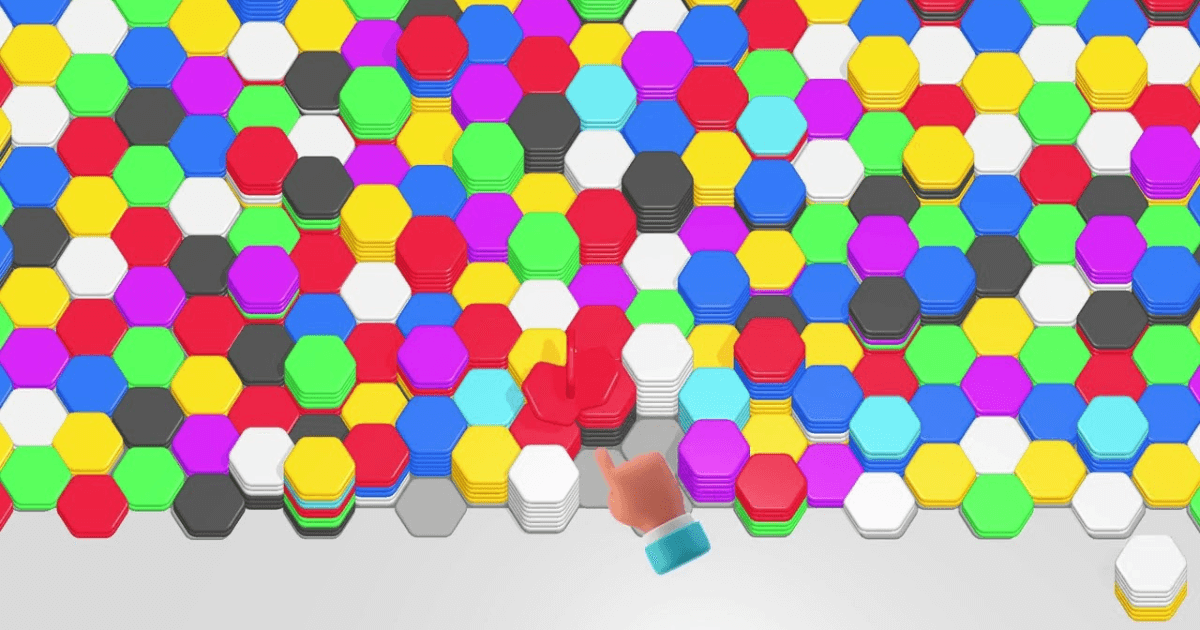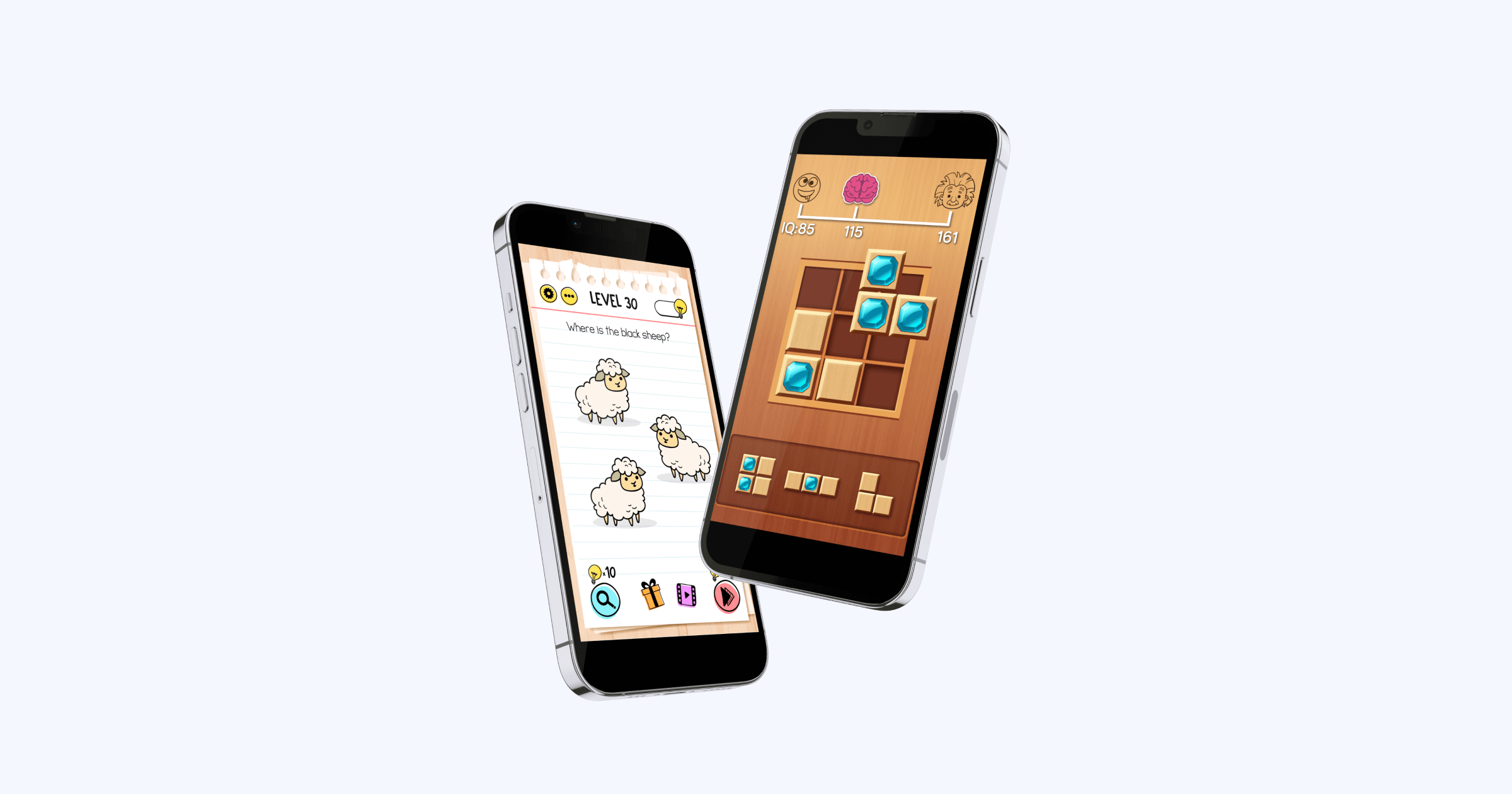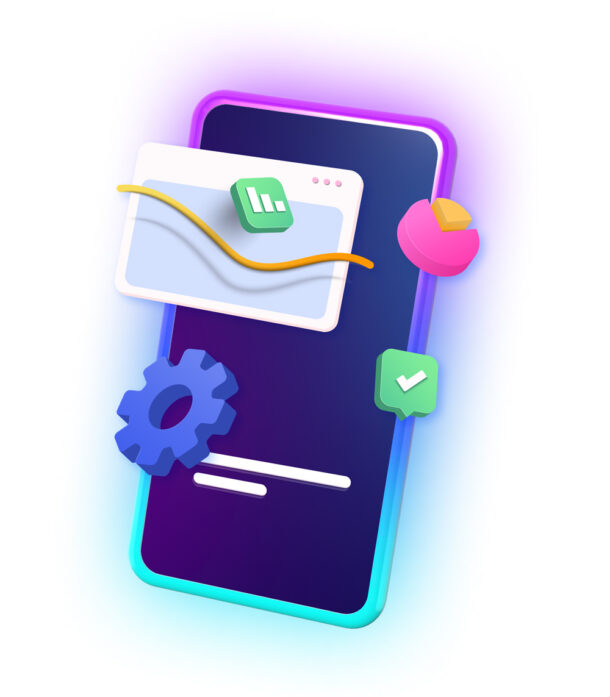Choosing a great app title is more important than it might seem.
Think about it.
Along with the app icon, the app title is the initial point of contact with your app. It represents the first piece of information about your app’s purpose and functionalities. As such, your app title has the power to either draw users in or push them away from your app store listing.
Therefore, it’s vital to do this right.
How?
Start by reading this guide, which explores the importance of app titles, offers expert writing tips, and showcases some great and not-so-great examples.
About App Titles
The app title is the first line of text that users see in the Google Play Store and App Store listings. In both app stores, app titles are limited to 30 characters, so they need to be short and clear.
In most cases, they consist of one to four words.
Just by scanning your icon and app title, users should be able to tell what your app is about and why it’s worth exploring.
Let us illustrate.
Imagine you’ve developed a fitness app that helps users keep track of their calorie input. Now, you’re torn between two potential names – “FitCal: Calorie Tracker”, and “NutriBalance”.
In this scenario, FitCal: Calorie Tracker” is the better choice because it has a fitting brand name and it clearly says what the app does. On the other hand, NutriBalance sounds fitness-related but doesn’t do such a good job of describing the app’s purpose.
Why Is the App Title So Important?
The app title is not just a matter of first impressions – Is also a major factor in boosting your app’s visibility and accessibility.
Here is a list of reasons why you need to be careful about choosing your app title.
- Discoverability. An attractive app title improves the visibility of your app in app stores, increasing its chances of getting found.
- ASO impact. The app title is one of the most important metadata elements in app store optimization. It allows you to include relevant keywords, boosting your search rankings and driving more organic downloads.
- Getting app approval. Both Google and Apple can reject listing apps because of misleading or inappropriate app titles, so it’s important that app developers ensure their app titles comply with their policies.
- Branding. As a part of your brand identity, the app title helps users recognize and remember your app.
- App campaigns. Besides organic user acquisition, app titles are also important for paid user acquisition on certain ad networks. For example, when running Google app campaigns, the app title automatically appears in the ads.
Tips for Creating an Effective App Title
With only 30 characters to work with, crafting an app title can be tricky. Not only are you supposed to make it short, but also ASO-optimized, unique, catchy, and descriptive.
How the heck can you achieve all this in a couple of words?
Check out these tips.
1. Brainstorm
All creative processes start with a brainstorming session, and so does this one. In this phase, you should take a moment and simply think about your app. You can do this by asking yourself the following questions:
- What is the main purpose of my app?
- Who is it for?
- What is the best thing about it?
- What makes it stand out from other apps on the market?
- Why would users download it?
As you answer these questions, note down the words and phrases that describe your app – these will form a foundation for crafting the app title.
2. Do Keyword Research
After brainstorming about your app and its target audience, it’s recommended to do some keyword research. Put yourself in your potential users’ shoes and think about what they would type in the app stores’ search bars.
This typically results in a long list of potential keywords, so the next step is to filter them by relevance, competition, and search volume.
For example, if your app is about food delivery, it’s only logical to consider the word “delivery” in its title. Additionally, you might want to consider related terms and phrases like “food”, “order” “meal”, etc.
Is it necessary to include a generic keyword in the title? No.
This decision highly depends on the app category.

According to data from AppTweak, generic keywords are most commonly found in Google Play app titles for dating (72%) social (61%), and photography (61%) apps. On the other hand, this practice is least used in casual gaming apps (25%), event apps (29%), and sports gaming apps (30%).
3. Make it Simple but Unique
Obviously, you cannot use an app title that already exists, but being a copycat is also a no-go.
Originality matters.
Furthermore, keep in mind that your app title isn’t only for the app stores. It’s also going to be a part of your social media, branding, and UA strategy. For this reason, it’s important to make it easy to pronounce, catchy, and memorable.
To achieve this, developers often rely on these strategies:
- Combining brand name + keywords (LinkedIn: Jobs and Business News, Dropbox: Secure Cloud Storage)
- Blending words to form a name (Facebook, Snapchat)
- Wordplay inspired by relevant words or phrases (Whatsapp, Airbnb)
- Using words that evoke an emotion or experience (Calm)
- Eliminating vowels (Grindr, Tumblr)
4. Save Space

Having 30 characters available for your app title doesn’t mean you have to use them all.
When it comes to app titles, shorter is usually sweeter.
One of the reasons is that long titles can get chopped in the search results. For example, in the App Store, they usually get cut off at 26 characters, so it’s recommended to keep it shorter.
So, how exactly can you save space in the app title?
You can easily save space by replacing certain words with special characters. A common strategy is to replace the word “and” with symbols like “&” or “/”. For instance, an app containing “Travel and Explore” can be shortened to “Travel & Explore” or Travel/Explore.
Moreover, you can also simplify your title by removing redundant words without losing the main message. For example, “Weather Forecast for Today” can become “Today’s Weather Forecast.”
Another great strategy is shortening verbs by using their root forms. For example “Watch” instead of “Watching” or “Learn” instead of “Learning”.
5. Stay Away from Misleading Words
As we mentioned before, a misleading title can get your app rejected.
But what qualifies as misleading?
Words like free, #1, leading, and best are not allowed on both the App Store and Google Play. Instead of trying to deceive users with such wording, focus on showcasing the real value of your app.
6. If Needed, Localize
If you plan for your app to be used globally, you might want to localize its title and metadata.
The thing is, many people search the app stores in their native languages. Therefore, creating a localized version of the title can boost your app’s discoverability. This is usually done by combining the brand name + localized keywords.
While many major apps are localized, there are also many that aren’t.
So – localize or not to localize?
If your app targets a broad audience of all ages, localizing is a good idea. While Gen Z, Gen Alpha, and Millennials typically search the app stores in English, older generations are more likely to use their native language.
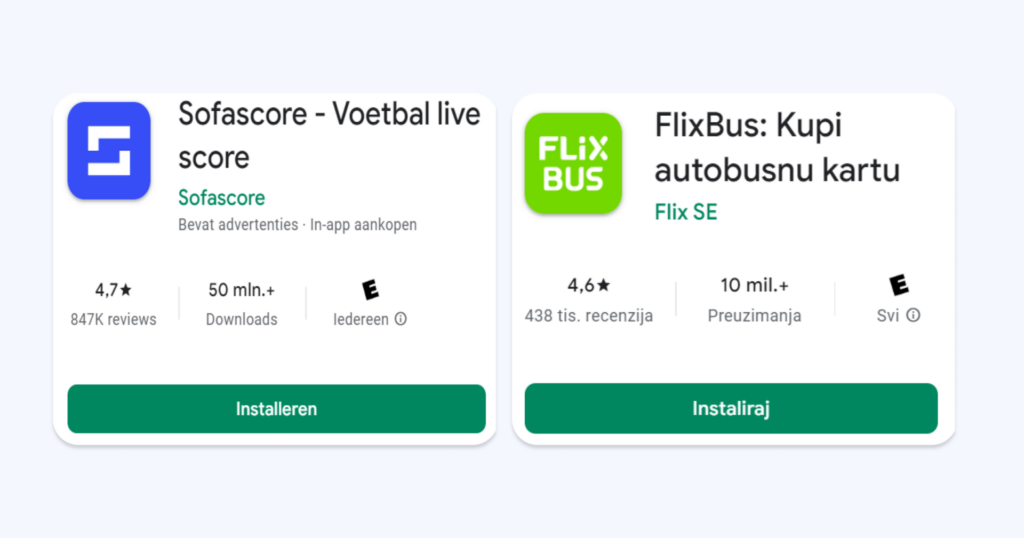
For this reason, the most commonly localized apps are those used by people of all ages. For example, classic games like chess and crossword puzzles, travel apps, sports and shopping apps.
7. Leverage AI
In 2023, AI became an integral part of almost every topic, including this one.
On top of its many uses in app development, developers are leveraging AI to create app titles. AI can help in all steps of the process – from brainstorming, and keyword research to localization.
For example, if you want to use it for brainstorming, simply provide a brief description of your app, its key features, and your target audience, and AI will come up with multiple title options.
Remember – the quality of AI-generated ideas heavily depends on your input. The more specific you are, the better the results.
Great App Title Examples
Now that you’re familiar with best practices, it’s time for some real-life examples.
Here are some of our favorite app titles and the strategies behind them.
Shazam: Music Discovery
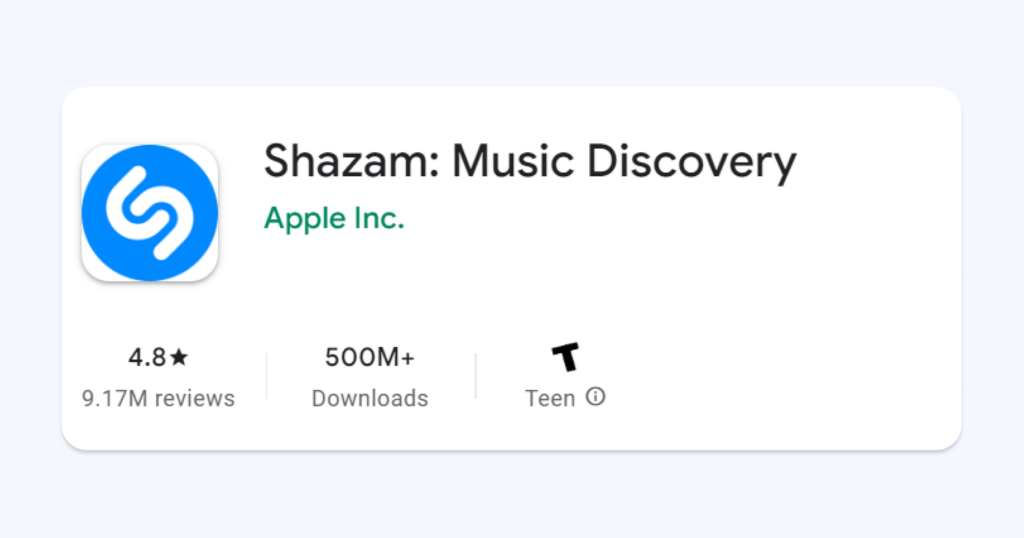
Shazam is an app that helps users identify music and other audio content by listening to a short audio sample.
Strategy: Catchy brand name + two ASO keywords
This title is catchy and descriptive at the same time. The brand word Shazam is onomatopeic and is typically used for describing some kind of magic revelation or discovery. As such, it perfectly fits the app’s core functionality of quickly recognizing songs.
The two keywords are here to boost app store searchability, but they also indicate the app’s purpose.
Duolingo: Language Lessons

Duolingo is the world’s most popular app for learning new languages.
Strategy: Wordplay + two ASO keywords
The brand name Duolingo derives from the Latin words “duo” which means “two” and “lingua”, meaning “tongue” or “language”. But, these are not just some poetic Latin words – variations of these words are used in many languages, making them almost universally understandable. Plus, the name is easy to pronounce and memorable.
In addition, the app title has two keywords that match what most people search for when looking for this type of app.
Not-So-Great App Title Examples
There are all kinds of titles in the app stores. Some are good, some are less good, and some are just weird.
Here are two not-so-good app title examples.
Binky – Use Your Phone More
Binky is a social media simulation app that generates random content for users to interact with. The description “use your phone more” seems out of touch with today’s reality, as most people are seeking ways to reduce their screen time, not increase it.
S.M.T.H.
S.M.T.H., short for “Send me to heaven,” encourages users to throw their smartphones into the air as high as possible to measure the height reached. While the app title is intriguing, it does not immediately convey its purpose.
Final Words
Has this article motivated you to roll up your sleeves and create the perfect title for your app?
We’ve got many more helpful guides in store.
Keep an eye out for more expert articles from MAF by subscribing to our newsletter!


